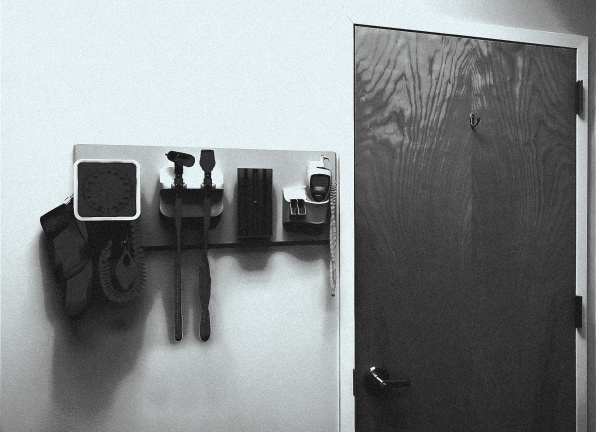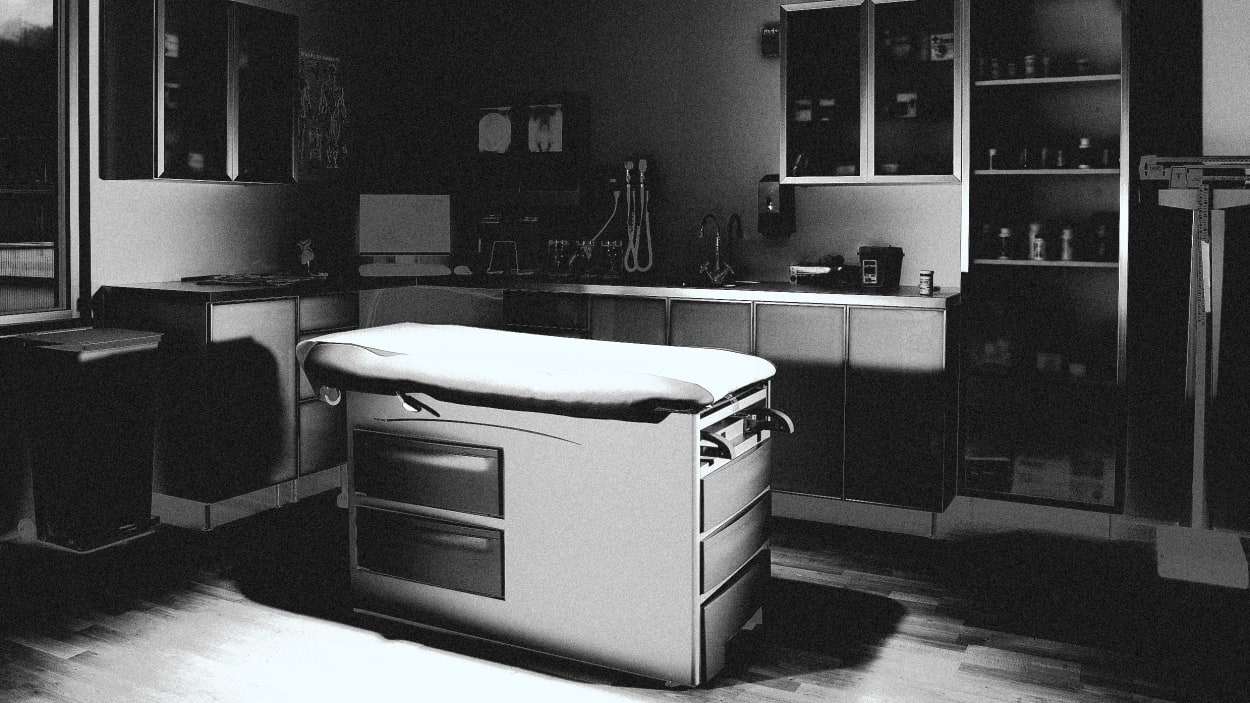POV: The U.S. health care system is failing Black and Latina women
By Brooke Story
Racial and ethnic minorities, rural residents, sexual and gender minorities, and those with limited English proficiency often face cultural, economic, and geographical factors that preclude them from obtaining critical and sometimes lifesaving, information on health and to screenings, including tests for cervical cancer.
With much of the caretaker burden falling on women, it can be hard to find time to take care of ourselves. Sometimes when we go too long without being screened there is anxiety about scheduling an appointment—either out of fear, embarrassment or a lack of resources needed to take time off work. COVID-19 exacerbated the need to make routine doctor’s appointments and screenings a priority.
Unfortunately, many women are not aware of the dangers of cervical cancer, and it is one of the few cancers that is almost entirely preventable. According to the American Cancer Society (ACS), every year in the United States, 14,000 women are diagnosed with cervical cancer, and more than 4,000 women die from it.
Findings from a new survey of 872 U.S. women ages 18-64 years old, conducted by the Harris Poll on behalf of BD, indicated a significant gap in women’s familiarity with the primary causes of cervical cancer as well as the most effective means of prevention. The survey found that that 67% of American women were unaware that cervical cancers are caused by HPV. It also found that nearly 75% of American women have delayed getting a Pap test, the screening that looks for precancerous or cell changes on the cervix, which might become cervical cancer if they are not treated appropriately.
Specifically, 15% of American women say their last OB-GYN visit was more than three years ago, with nearly 9% saying they have never had a Pap test. These troubling statistics make clear the need to fix a system that is broken when it comes to supporting women’s health.
It is crucial to close the education gap
Equitable access to healthcare is critical. Cervical cancer rates—and deaths —disproportionately impact women in low- and middle-income countries and marginalized groups in high-income countries. In the U.S., Latinx and Black women have less access to screenings and all women need more education on their own health. About one in 10 Latinx and Black women said they have never had an OB-GYN visit for routine care and similar proportions say they have never had a Pap test.
While 91% of American women say they are knowledgeable about women’s health in general, fewer report being knowledgeable about more specific aspects, such as how often women their age should get an HPV test or Pap test. Overall, 49% of American women say they don’t understand the difference between an HPV test or a Pap test, a figure that rises to 58% among Black women.

In addition, 67% of American women mistakenly believe that women aged 30 to 65 need a Pap test every year, when in fact the American College of Obstetricians and Gynecologists (ACOG) and U.S. Preventive Services Task Force (USPSTF) recommend screening begin at 21 years of age, with Pap testing every 3 years; and average-risk individuals aged 30 years and older screen every five years with primary HPV testing or co-testing. The ACS recommends screening begin at age 25 with primary HPV screening.
In addition to lack of access to services, lack of access to correct information contributes to women deprioritizing routine screenings. This deficiency in knowledge is one of the biggest barriers to receiving timely screening. We need more patient-centered communications to educate marginalized and underserved groups in addition to providing greater access to critical diagnostic tools and services.
Empower women by providing access to tools and resources
Cervical cancer screenings can save women’s lives, but we must do better to provide access to the right resources and to the tools and information they need to better manage their personal care. Delivering effective, accessible screenings and improving the quality of medical care, regardless of race, geographic location, or socioeconomic status, will empower women, and ultimately, work towards eliminating cervical cancer in our lifetime.
Some women are deterred by the invasiveness, discomfort, anxiety, or inconvenience of being screened in a doctor’s office. An option like self-collection eases some of these concerns, removes barriers that dissuade women from getting screened, and can also empower women to take care back into their own hands.
Self-collection tests enable women to collect a specimen in the comfort and privacy of their own home could be a way forward to improve health equity. It is available in other countries now and provides more choices and greater control over the process, which will hopefully lead to early detection and prevention of HPV and other pre-cancerous diagnoses.
Organizations like the American Cancer Society are joining with the White House Cancer Moonshot to promote educational outreach to women to expand awareness about HPV screening, and to encourage adoption of self-collection for primary HPV screening.
Prevention is the key
We must continue to increase knowledge, reduce stigma and raise awareness to help educate women around the world and right here at home. We must bolster vaccine equity by increasing HPV vaccination rates among young girls and improve access to cervical cancer screenings for under-screened and underserved women. As a society, there must be advocacy for strengthening healthcare systems, improving testing infrastructure and delivering the highest quality care, regardless of race, geographic location, or socioeconomic status.
Because of recent progress in cancer therapeutics, diagnostics, and patient-driven care, as well as the scientific advances and public health lessons of the COVID-19 pandemic, it’s now possible to set ambitious goals to eliminate cervical cancer. President Biden’s reigniting of the Cancer Moonshot just recently committed to accelerating efforts to nearly eliminate cervical cancer through screening and HPV vaccination, with a particular focus on reaching people who are most at risk. The administration’s call to ensure equitable access to screenings and prevention in the U.S. is a valid step to reducing the barriers women face.
We need to do better, and that starts by course correcting now to not only save the lives of women today, but to help save the lives of young girls looking towards a future without cervical cancer.
Brooke Story is the worldwide president of Integrated Diagnostic Solutions, BD.
(26)



